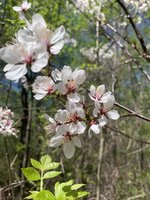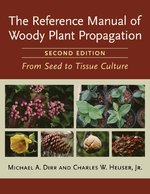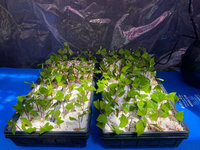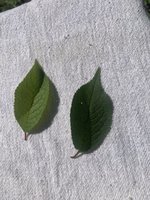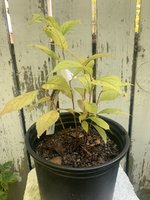Frozentreehugger
Masterpiece
So what I have here I believe is Canada Plum Prunus Nigra. It is closely related to American wild plum . But is separate species It flowers before the leaves this is a wild tree . I will have to see the leaves to be 100 percent sure . I live in the native range but it will hybridize with other plums. From flower details and the black bark stem details I believe this is pure tree . I’m told they have to found isolated alone like this It’s growing on federal governent controlled park land so collecting is illegal . Collecting fruit and or taking cuttings is perfectly legal Question is how to propagate . Area has flock of wild turkeys looks like they or something ripped all the last fruit from the tree so may be hard to beat them to it . So looking for cutting advice timing ext any one have experience prunus mume cuttings etc . Research says it will come true from seed as long as no other cultivars around . It is prized as such for its cold hardiness as root stock for fruit trees info I have is cuttings after flowers fade but looking for someone with practical experience any thoughts

